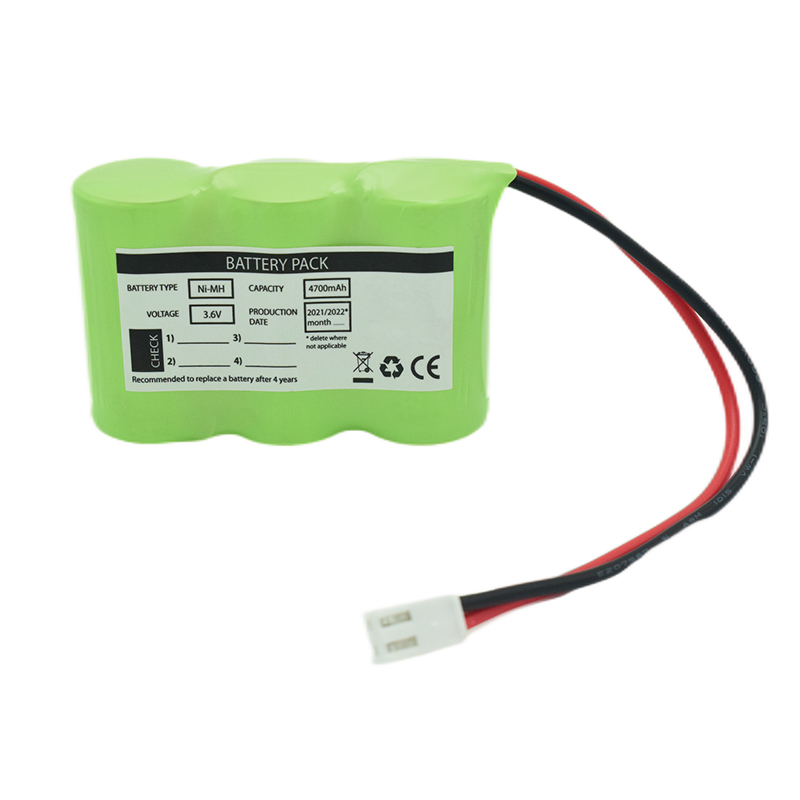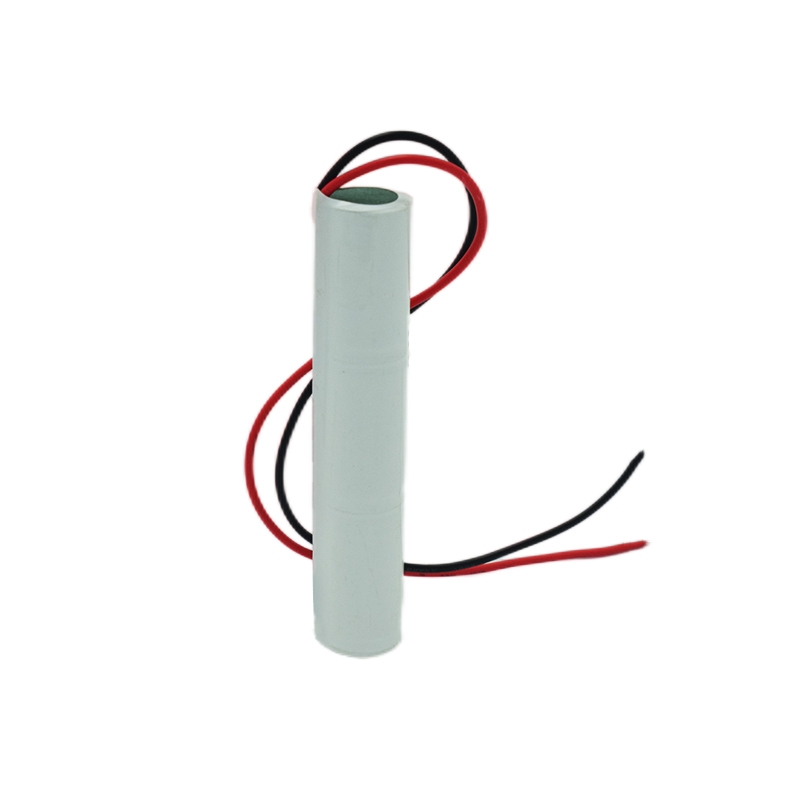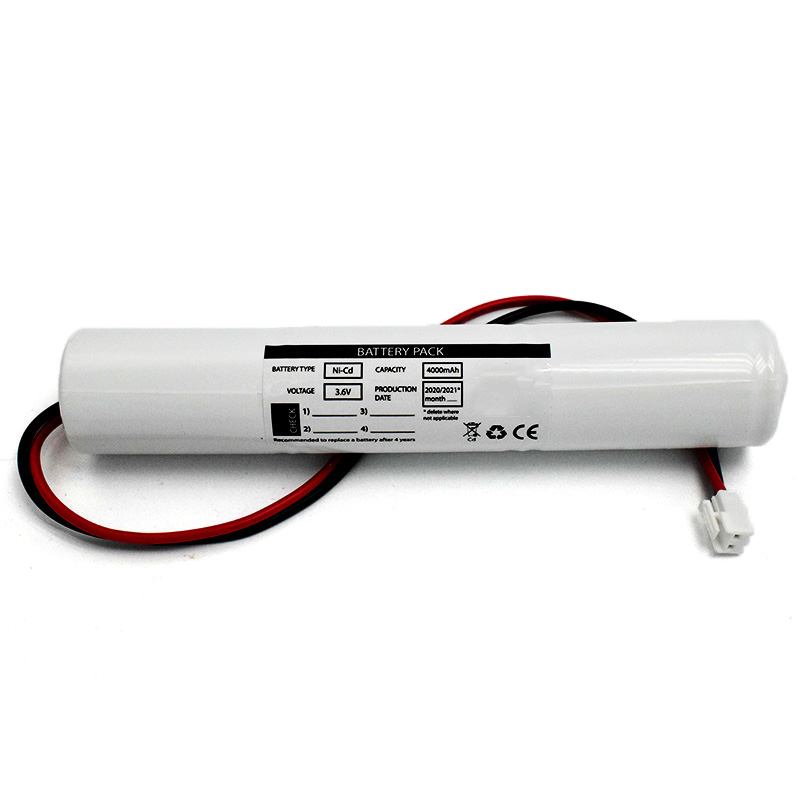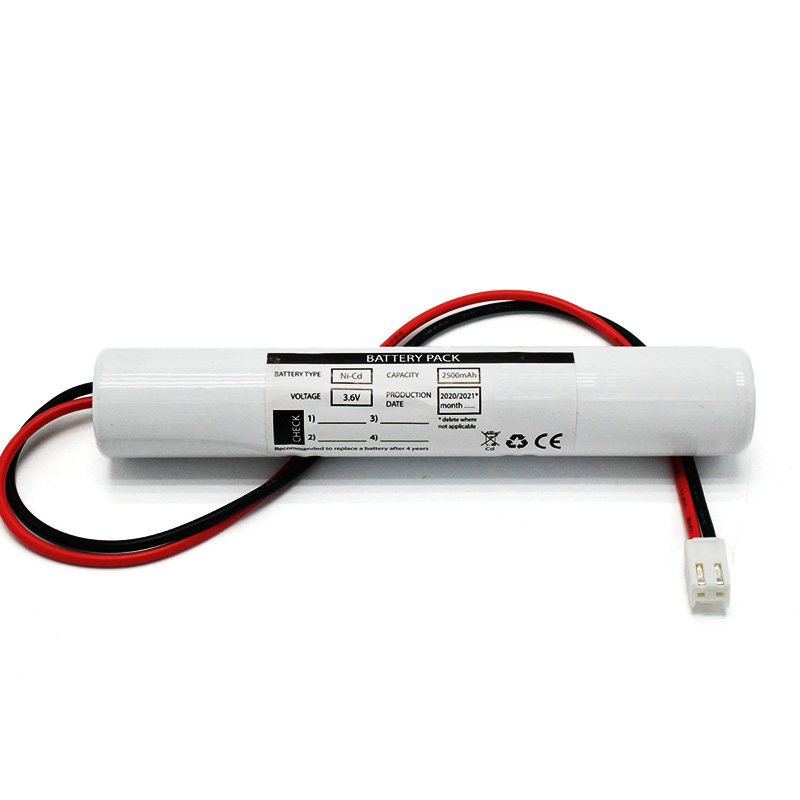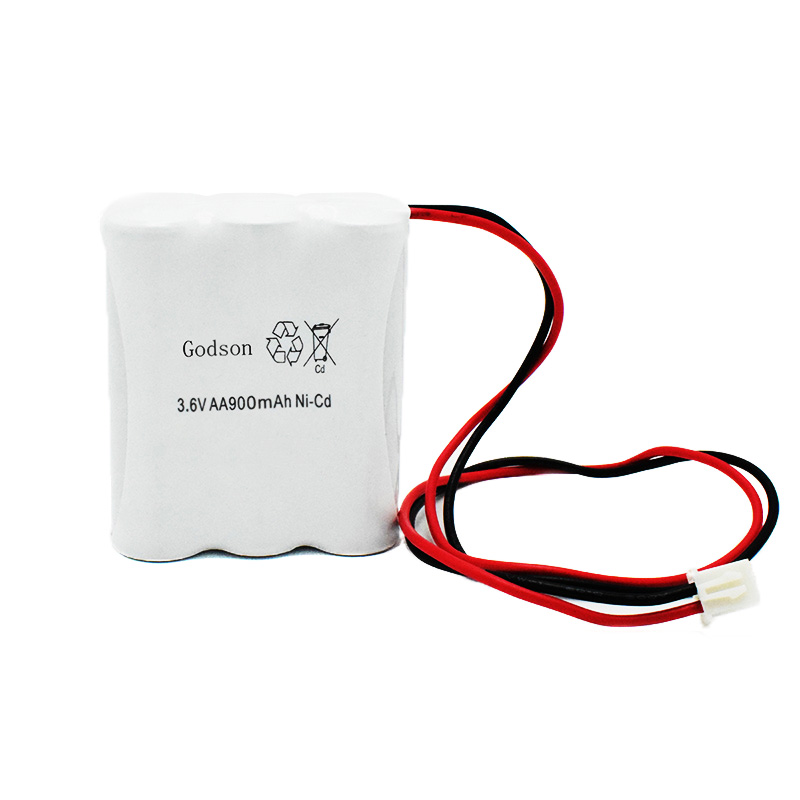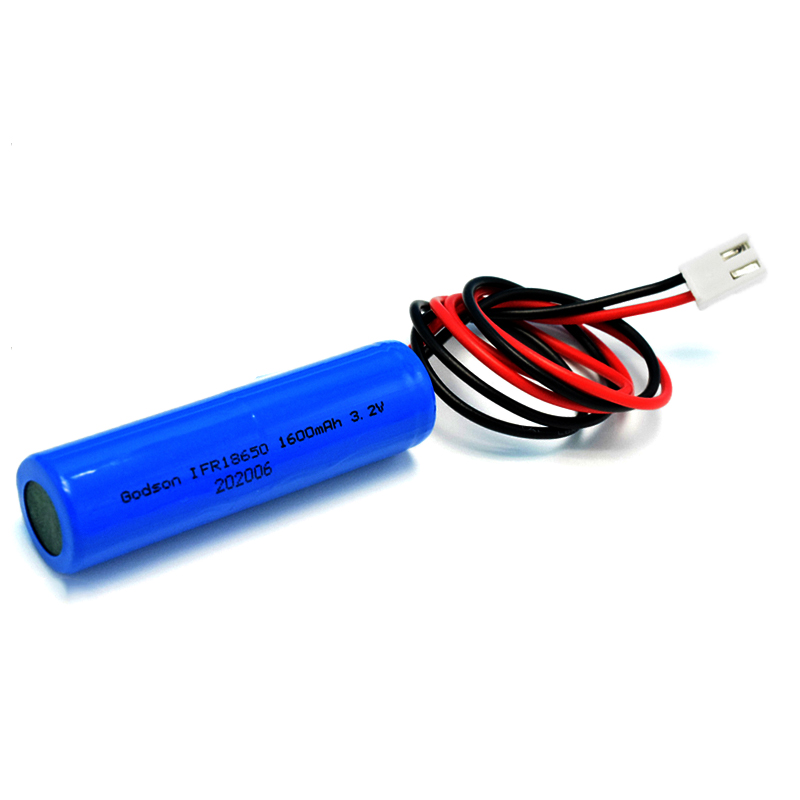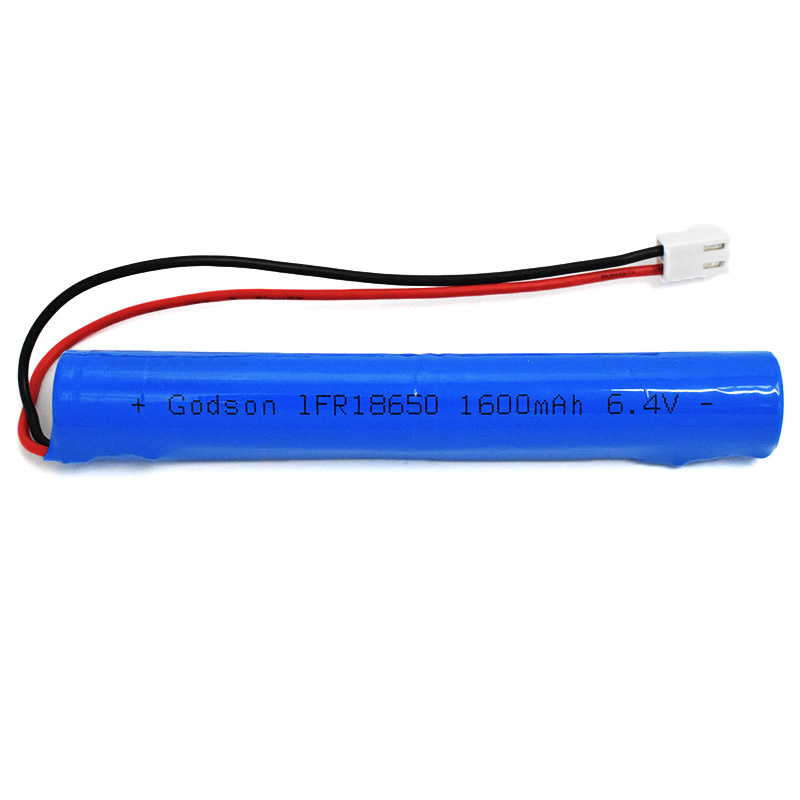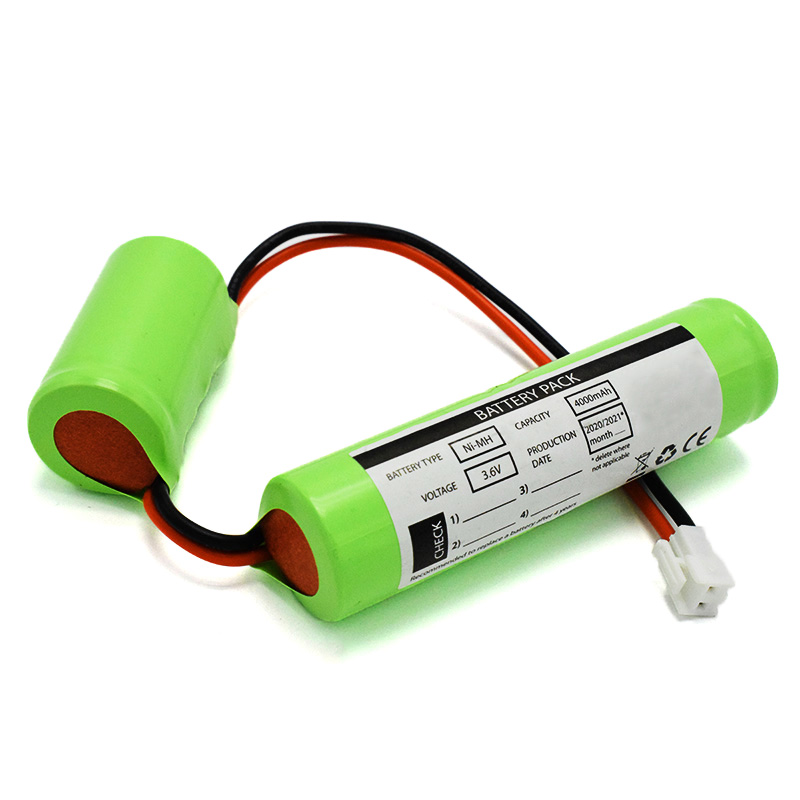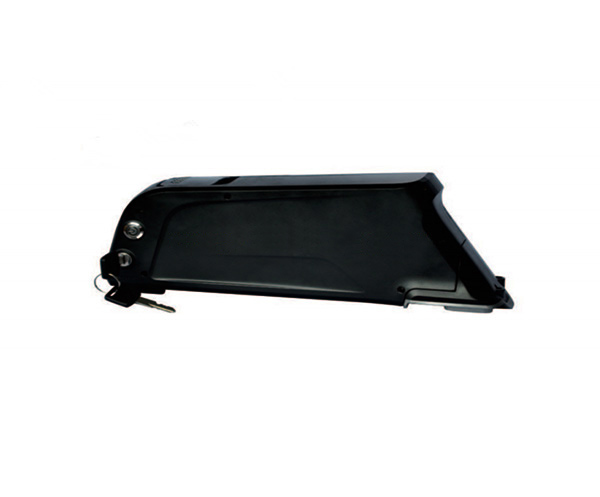NiMH vs Lithium-Ion vs LiFePO4 Batteries: Which Lasts Longest?
Have you ever wondered why certain devices outlast others? The secret lies in the type of battery they use. In this guide, we’ll compare three popular battery technologies — Nickel-Metal Hydride (NiMH), Lithium-Ion (Li-ion), and Lithium Iron Phosphate (LiFePO4) — to see which one delivers the longest-lasting performance for your gadgets.
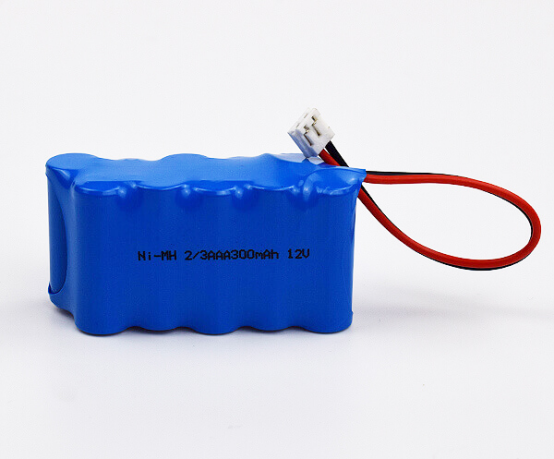
Getting to Know Different Battery Types
You can think of NiMH, Li-ion, and LiFePO4 batteries as different types of energy sources for your devices. Each comes with its own strengths and limitations. Let’s take a closer look at how Lithium-Ion and Lithium Iron Phosphate compare.
What Sets a Good Battery Apart?
An ideal battery offers long-lasting performance, fast charging, reliable safety, and minimal environmental impact. Let’s see how these three battery types measure up against those standards.
Nickel-Metal Hydride (NiMH)
Think of NiMH batteries as the reliable workhorses—affordable and kinder to the environment. They’re commonly used in toys and older electronics where cost and eco-friendliness matter more than maximum power.
Pros: Budget-friendly; more environmentally conscious.
Cons: Lower energy capacity; shorter lifespan.
Lithium Ion (Li-ion)
Li-ion batteries are the go-to power source for most modern gadgets—smartphones, laptops, and more. They offer higher energy density and longer runtimes, making them versatile and popular.
Pros: Higher energy storage; longer cycle life.
Cons: Can be expensive; occasional safety concerns.
Lithium Iron Phosphate (LiFePO4)
Consider LiFePO4 the premium choice—like a luxury car in the battery world. Known for excellent efficiency, superior safety, and environmental friendliness, these batteries are increasingly favored for demanding and long-term applications.
Pros: Highly efficient; safest chemistry; eco-friendly.
Cons: Higher upfront cost; slightly heavier.
Key Features to Compare
Voltage: Think of voltage as the pace your device runs at. Li-ion batteries deliver the highest voltage, followed by Lithium Iron and then NiMH.
Energy Density: This measures how much power a battery can store. Lithium Iron often comes out on top with the greatest capacity.
Cycle Life: When it comes to durability, Lithium Iron takes the lead, lasting for thousands of charge cycles before wearing down.
Charging Time: Nobody wants to wait around — Lithium Iron batteries generally recharge the fastest.
Safety: Safety is crucial, and Lithium Iron batteries are the least likely to cause issues or hazards.
Environmental Impact: If you care about the planet, Lithium Iron is the greenest option among these three.
Cost: Although Lithium Iron batteries may cost more upfront, their long lifespan and efficiency can actually save you money in the long run.
Best Uses for Each Battery
NiMH: Great for toys and simple everyday gadgets.
Li-ion: The go-to choice for electronics like laptops, smartphones, and tablets.
Lithium Iron (LiFePO4): Perfect for premium electric vehicles, renewable energy systems, and as a direct replacement for lead-acid batteries.
Looking Ahead
With ongoing advancements, all these battery types will continue to improve, but Lithium Iron batteries, in particular, are poised to become increasingly popular.
Conclusion
Choosing a battery is like picking the right drink to start your day—each has its own place. While NiMH and Li-ion serve well in many situations, Lithium Iron stands out as a versatile, reliable all-rounder.
Frequently Asked Questions
Is Lithium Iron safer than Lithium Ion?
Yes, thanks to its stable chemistry, Lithium Iron batteries are the safer choice.
What’s the cycle life of a Lithium Iron battery?
They offer impressive longevity, typically lasting between 2,000 and 5,000 charge cycles.
Can Lithium Iron batteries power electric vehicles?
Absolutely! They are increasingly favored in high-end electric vehicles.
Are Lithium Iron batteries environmentally friendly?
Yes, they are the greenest option among these three battery types.
Why are Lithium Iron batteries more expensive?
Their advanced technology and superior quality lead to higher upfront costs, but they pay off with long-term value and durability.
Choosing the right battery makes a big difference in your device’s performance—and now you’re ready to pick the best one for your needs.

















